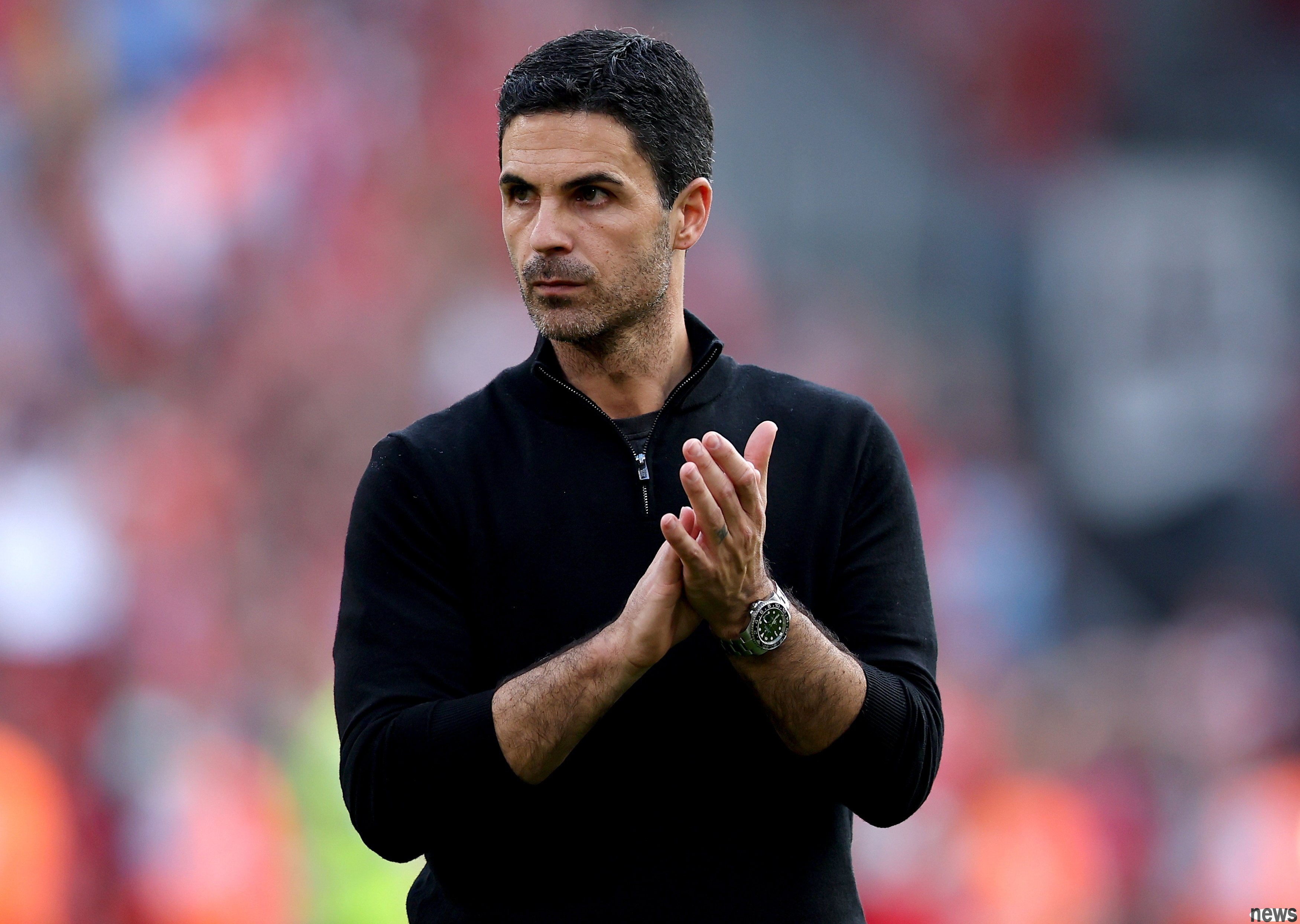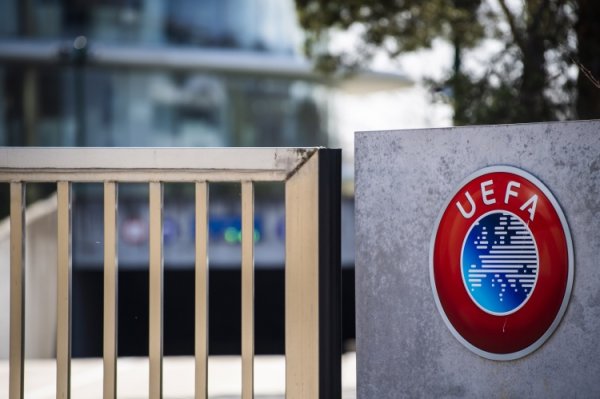TA: Arteta draws on communication skills from RAF pilots and applies them to football

TA interviewed two former Royal Air Force pilots and talked about the core communication principles and specific skills that can be learned in the football field.
Arsenal head coach Arteta previously revealed that he had invited pilots from the Royal Air Force to visit the club in order to analyze and improve the communication efficiency between the coaching staff and players. Arteta believes that fighter pilots are top experts in the field of communication because their work is "a matter of life and death" and requires the transmission of information to be extremely concise and clear.
First of all, the core of communication is simplicity, clarity, and no ambiguity. Former pilot Mandy Hixon points out that this relies on the use of "standardized terminology", such as "bingo fuel level" (minimum fuel level for return), which once spoken, can never be misunderstood.
Specifically on the football field, these principles can be translated into two practical techniques. The first is "trigger words". Coaches and players can preset a simple word, and once shouted on the field, the whole team can instantly understand and execute complex tactical changes, such as switching defensive formations immediately. The second is "hand signal". In a noisy stadium environment, a standardized set of gestures can effectively make up for the lack of verbal communication.
However, the key to making these techniques effective in the high-pressure environment of competition lies in high-intensity, repetitive practice. Justin Hughes, a former member of the Red Arrows aerobatics team, emphasized that the intensity of training in the aviation field is no different from actual combat, which can turn reactions into instinct. In addition, high-quality "reviews" are crucial, as they are the key to learning quickly from experience and driving high performance.
In short, the concept of "hard training, easy fighting" advocated by pilots also applies to football. By simplifying complex tactical instructions into code words and signals and ingraining them into their bones through extensive practice, teams can respond faster and more accurately to the ever-changing game.
As Hickson said: "If you can communicate like a fighter pilot, quickly, concisely, and calmly, then you raise the bar for everyone."



